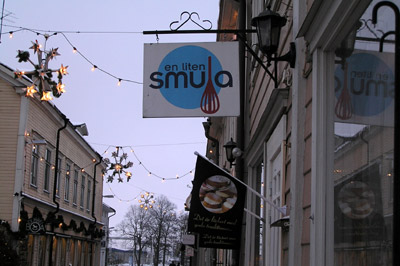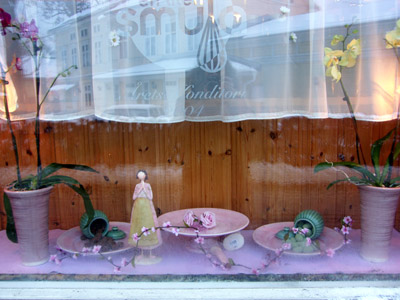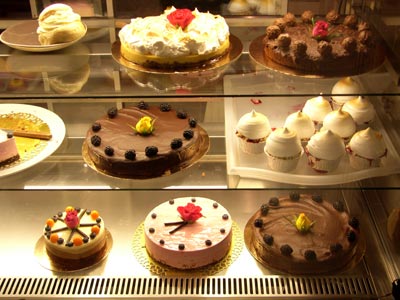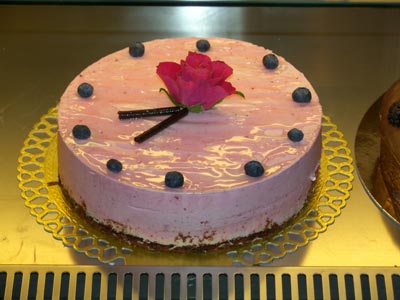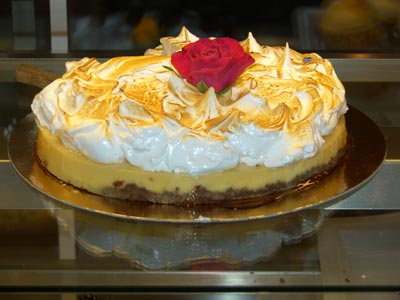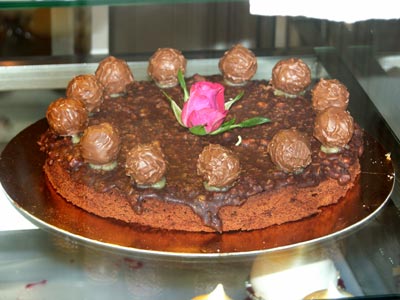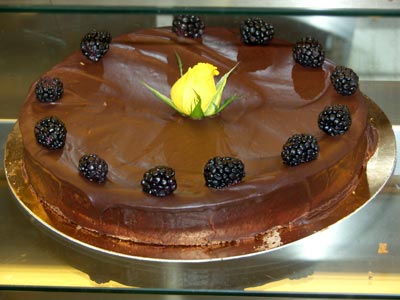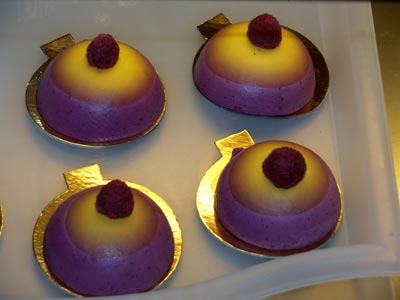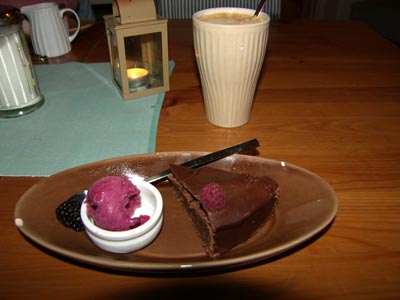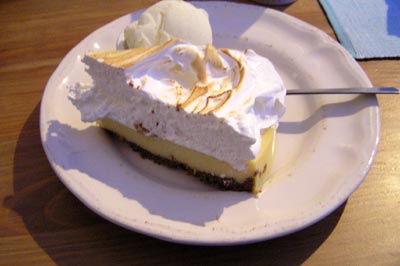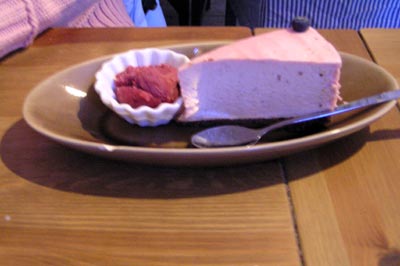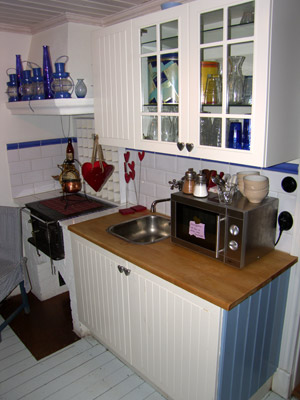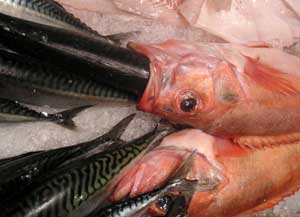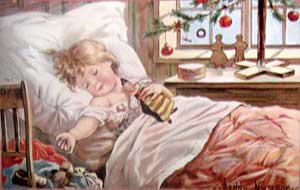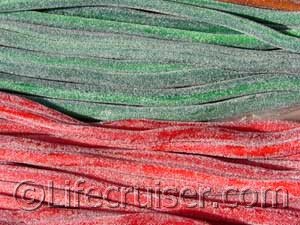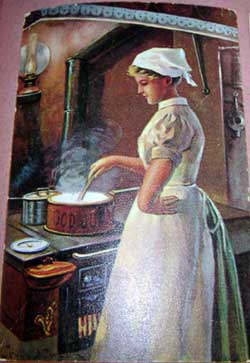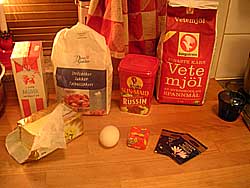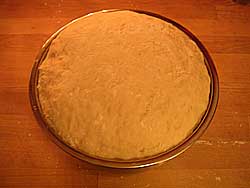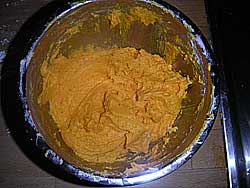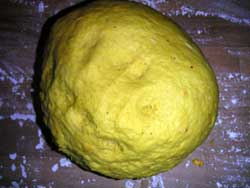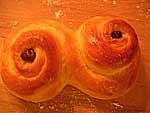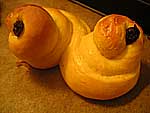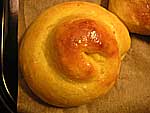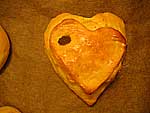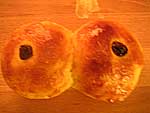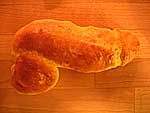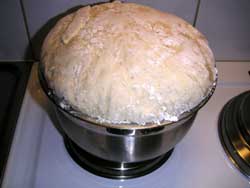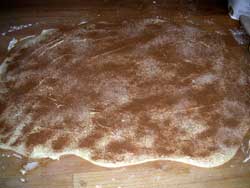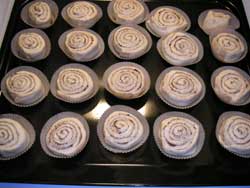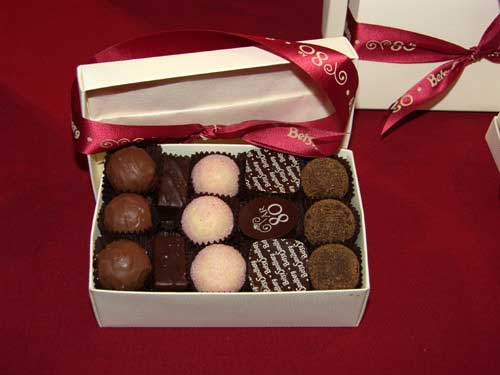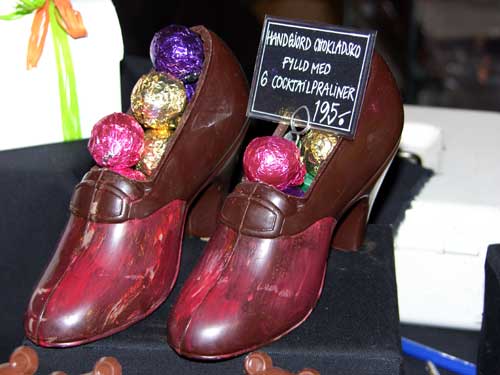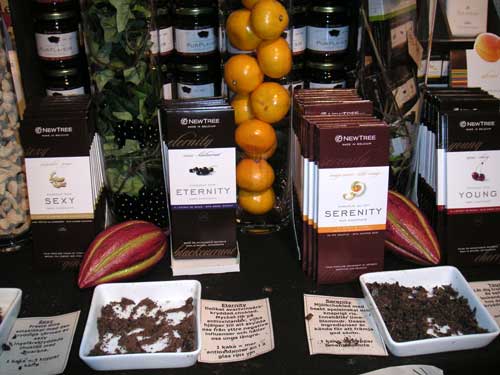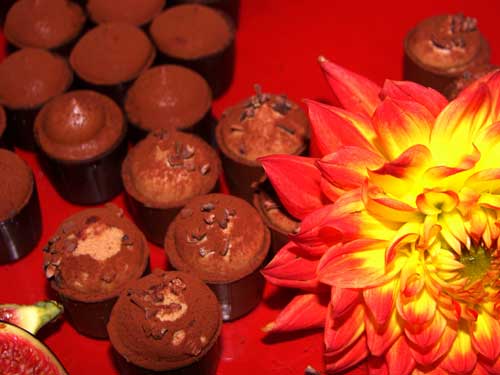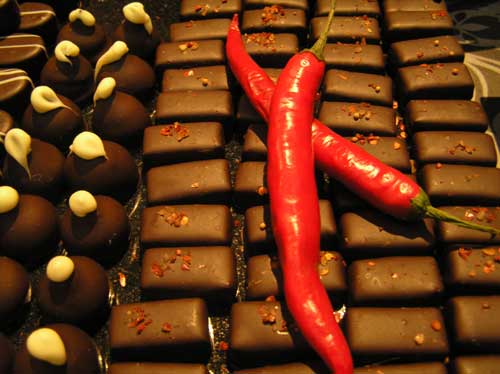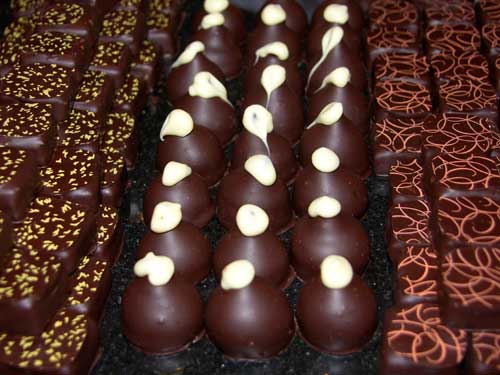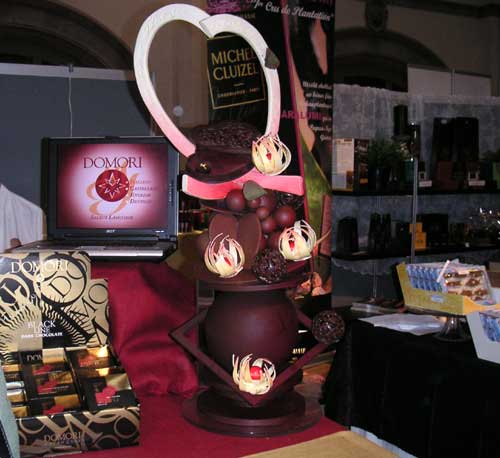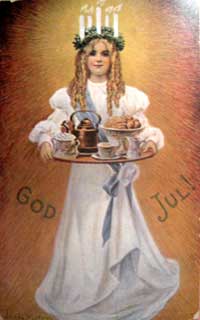 Lucia in Stockholm 1910
Lucia in Stockholm 1910
(Jenny Nyström)
Welcome to celebrate Lucia with us today! It’s a tradition here in Sweden at 13th of December since the medevial age. Many knows about the the martyr saint Lucia from Syrakusa in Sicily nowadays, but we didn’t back then. Mostly it was a celebration of the winter solstice.
This was the longest night of the year and there was a lot of supernatural powers out that night and it was better to stay awake to be on the safe side! So they slaugthered the pig and was partying the whole night before the christmas fasting started.
In the 17th - and 18th centurys in the western parts of Sweden, the farmers and their servents started to eat and drink early in the Lucia morning. There were big meals and beers, snaps or aquavit several times, in some areas it was tradition with 3 to 11 meals!!!
Oh, what a heaven for this hungry monster, can you please send me back in time??!!!
There were also one woman on the farm that was dressed in white like a bride and got to wear a wreath with candles on the head and our Lucia was born. This can be copied from Germany, where a girl were dressed up to be “Christkindlein”, with lighted candle in the head as a halo. Lucia can have been identical to the Jesus child.
The difference here was that this Lucia bride was connected to a lot of burlesque pranks. Some researchers have seen this as a symbol of the goddess Freyja (of love, beauty, sex, and attraction). The Lucia bride took the risk of being marked as loose-living, irresponsible and filled with lust.
Around 1900 the Lucia song was born with the first Swedish lyric of Sigrid Elmblad 1924 based on an Italian melody, Barcarola napolitana of Teodoro Cottrau. Later on there came other songs too, but we still sing this ones today in the “Lucia walk procession” (Luciatåg in Swedish).
It sure gives a very special atmosphere in the darkness of December…
The more modern Lucia tradition started 1927, when one of Stockholms newspapers started to choose Stockholms Lucia among women. It has since then evolved to drinking coffee and/or glögg and eat Lussekatter (Lucia buns) early in the morning today instead of the 3-11 big meals. Bummer…
Today we celebrate Lucia everywhere - in our private homes, in schools, in the daycare, at organisations and workingplaces. A lot of bigger towns has election of their own towns Lucia where the voting is in the local papers.
A Lucia tåg consists of 1 Lucia in the front and after her comes her attendants, dressed in white dresses they too, but not the wreath on the head, just one candle between their hands. There is also stjärngossar (starboys) and santa helpers. In the daycares, the children fighted so to become the Lucia earlier, so now they very often have several Lucias…
You might also have heard of the tradition in Grand Hôtel in Stockholm to surprise the Nobel prize receivers with a Luciatåg in the morning. It’s a tradition in the newspaper to report about their big surprise. (I guess it seems rather strange to other countries).
I think that we hold a world record of the worlds biggest Luciatåg, a yearly one in The Globe arena, where 1200 persons are participating from music schools and Stockholms windinstrument orchestra.
When I was young I was party’ing all night before the Lucia morning too, no pigs around other than maybe humans though ;-) It’s still a tradition to stay awake until the morning and celebrate Lucia - not all do it, but we actually did this night!
A Lucia without glögg and lussekatter is no real Lucia for us Swedes.
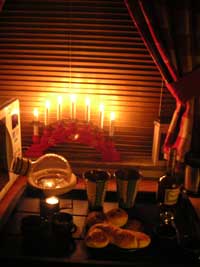 Lifecruisers Lucia tray this morning
Lifecruisers Lucia tray this morningWhat the heck is glögg?
Swedes has been drinking heated wine since the 16th century spiced with honey, sugar, cardemom, cinnamon, ginger and clove. Some time even heated cognac with melted sugar. The name glögg comes from the word “glödga” which means heat up.
It wasn’t until around 1890 that the glögg become a christmas tradition here in Sweden, probably just because glögg is warm and sweet and the Swedish winter is cold and bitter. I guess they were exhausted from trying to keep warm with love - either that or they didn’t want any more children ;-)
Glögg is as natural for us in Christmas time as Santa is!
What the heck is Lussekatter?
This special buns also comes from the medevial age when they thought that the holy Nikolaus walked around and handed out gifts to the children together with a devil figure, Lucifer. The word Lusse probably both comes from Lucifer and from the latin word Lux, that means light.
The reason for why lussekatterna was formed to a sun cross has also to do with Lucifer, as he was assumed to be afraid of the light and therefor the sun bread - lussekatterna - were supposed to scare him away and draw the sun back.
Saffron comes from the red pistilmark on a Crocus sativus. 1 kg of the flowers gives about 12 g dried saffron. It has been used for over 3,000 years as a spice and medicals, but even for parfume, mascara and coloring.
It says that Cleopatra used saffron in her baths so that lovemaking would be more pleasurable :-)
We baked Lussekatter…
RECIPE SWEDISH LUSSEKATTER
Ingredients:
50 g butter
5 dl (0,5 L) milk
50 yeast
1 tsp salt
2 tsp sugar
1,7 L wheat flour
1 g saffron
125 g butter
1,5 dl (150 ml) sugar
1 egg
Brushing/garnament:
1 egg, raisins
(granulated sugar, optional)
Melt the butter and pour the milk into it. The doug mixture should become 37°C (106°F, finger warm).
Crumble the yeast in a doug bowl. Pour the salt over it. Stir. The yeast melts from the salt. Pour some of the dougspad and stir until the yeast is mixed up.
Put in the rest of the doug mixture, salt, sugar and most of the wheat flour (1,4 L). Work the doug smooth.
Allow the dough to rise to double volume under a kitchen towel in a draft free spot for about 60 minutes.
Crush the saffron or mix it with a little alcohol to solve it.
Stir the butter porous with the sugar. Add the saffron and the egg.
Work in the saffron mixture with the rised dough in the dougbowl. Add the rest of the wheat flour - nearly 3 dl - save the last for the bake table.
Kneed the doug on the baking table and work in the rest of the wheat flour.
Cut pieces off the dough to make lussekatter and put them on a baking plate. Put in some raisins.
Let them rise under a kitchen towel again for about 30 minutes to almost the double volume. Brush with the egg.
Put into oven for about 8-10 min in 250°C (482°F)
Watch out so your oven have the right tem, our was too hot!
Help the ants to fight the elephants by support Lifecruiser in The Weblog Awards 2006!
♥ Vote every day to Saturday for us here ♥
(Why don’t make it to the startpage in your browser?)


